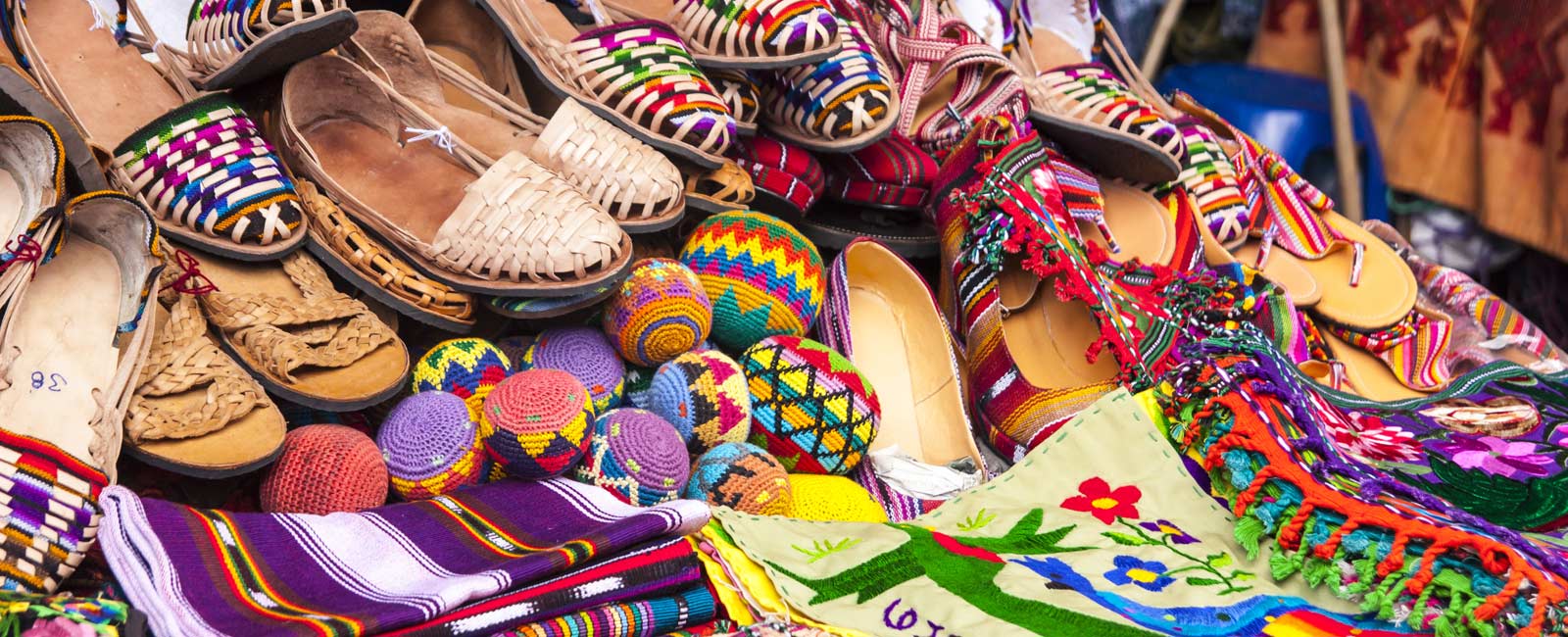What is Service Learning?
Mutual Benefit
Service-Learning is more than an activity: it’s a mindset, a relationship and a way of being in the world. Meaningful projects are collaborations between equals, an opportunity to learn and give while respecting the local communities.
It’s about solidarity: not charity.
Our service-learning student travel programs partner with sustainable non-profit organizations serving people recovering from conflict: genocide survivors, land-mine victims, the economically marginalized. We engage students in empathy-mapping through a social-entrepreneurship framework. What problems can I help solve with my skills? Students return home empowered to take positive action. We work closely with you to determine the best project fit for your group.
Be of Service
Direct service invites our students to contribute their skills and talents toward advancing a project or fulfilling a specific need. The projects are short-term, student-driven, and support local people towards continued self-sufficiency.
Examples include:
- Deported U.S. military veterans need their stories told to policy-makers.
- Indigenous artists need a business plan to sell their handicrafts.
- Laotian cluster bomb victim’s family needs a tractor as a capital investment in clearing farmland.
- A non-profit organization needs promotional media about their work.
- A Guatemalan school wants American pen-pals to practice with English-language learners via Skype.
- A home for children with Agent-Orange disabilities needs a website refresh and social media presence.
- A Rwandan women’s cooperative needs sales and distribution of hand-made jewelry.
- An occupational therapy center for cluster-bomb victims needs new T-shirt designs for their public awareness-campaign.
- U.S. “Dreamers” want to share their stories of being American to a wider audience through documentary film.
Indirect Service
After learning about a social problem facing our friends abroad, students can sponsor an event to raise funds and awareness in their own communities. Students create fundraising or supplies-collection efforts which generate resources for organizations addressing a community problem.
Examples include: movie screenings, car-washes, T-shirt / bake sales, art installments, walk-a-thons, school-wide collections or supplies drives. Schools can “adopt” a non-profit partner for sponsorship and measure annual progress towards a specific goal: funding additional nurses on staff at a clinic, increasing the number of scholarship students at an after-school arts and music program, funding refugee advocacy and support campaigns, clearing cluster bombs from hectares of agricultural land in SE Asia.
Advocacy and Awareness
Students return home inspired to share what they learned abroad with their communities at home, and work towards solving problems through positive action and civic engagement. Successful examples include:
- Write your local representative about headlines that matter.
- Interview U.S. veterans and share their lessons from war with local media.
- Create a “Say NO UXO!” club on campus to inspire help for cluster-bomb victims in Laos.
- Conduct writing campaigns to Congress imploring funding for Agent-Orange victims.
- Write a grant on behalf of an NGO serving genocide survivor cooperatives in Rwanda.
- Create public service announcement videos educating the community about the subterranean munitions problem in SE Asia.
- Organize a photography exhibit celebrating the accomplishments of children rescued from human trafficking.
- Boycott businesses affiliated with war-profiteering.
- Write letters to the editor advocating the U.S. sign the chemical weapons ban treaty.
- Host a press-conference with local media.
- Invite war refugees to speak and share their stories on campus.
- Screen a documentary film advocating justice for DACA recipients and Dreamer.
- Protest a proposed policy which will repeat the mistakes of history.
Our Commitment to Give
We generously support our NGO friends to ensure our engagement does not cause “mission drift” or adversely impact their operations. Each trip program includes direct cultural-exchange activities with locals and a 1% donation to our partners who serve them. In some cases, student travelers may be asked to bring school / art supplies for play and educational activities with our native friends.
